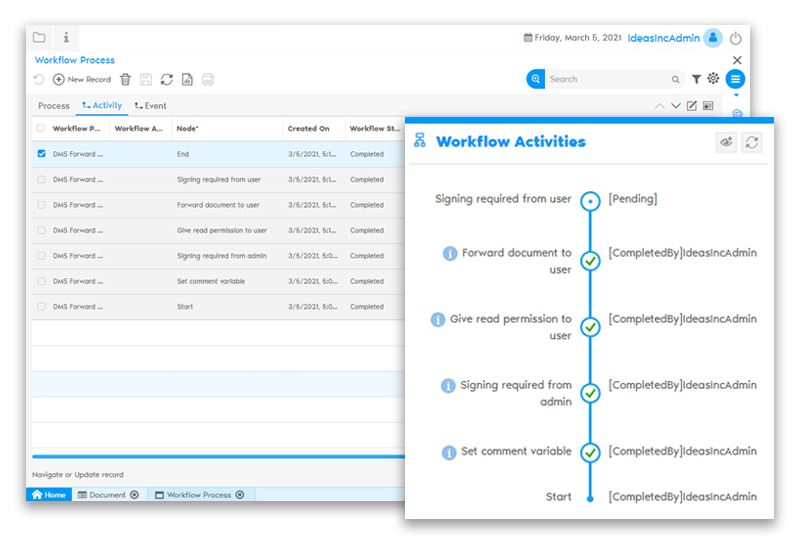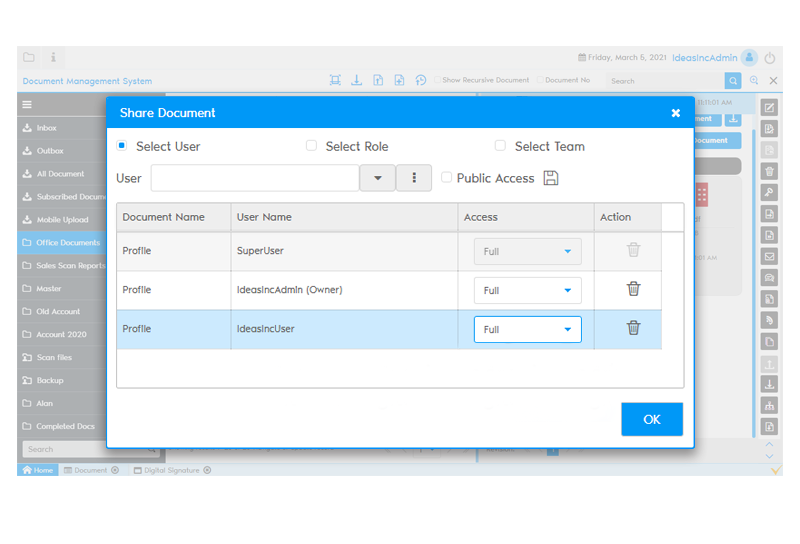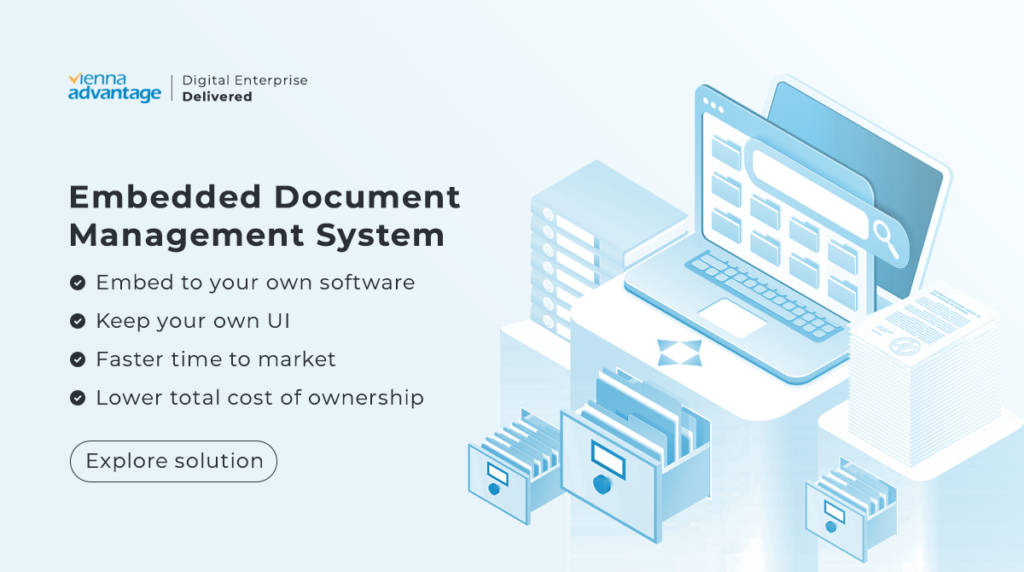As a software company, if you sell to businesses, chances are that your users deal with documents and files in using your application. This is more pronounced in specific segments such as legal, financial services and other documentation-intensive sectors that require robust documentation to go along with traditional transactions.
Including an enterprise level Document Management System (DMS) with your application is often not the alternative. The effort and cost to build such capabilities are non-trivial and can significantly delay go-to-market timelines giving precious head-start to competition to acquire your customers. So, what does a software company do in such a situation? One of the best alternatives is to embed a Document Management System (DMS) in your product that can instantly provide tremendous value to your customers at a fraction of the time it would take you to build it from the ground up.
We list five key factors that would provide compelling reasons for you to consider an embedded DMS in your software offering:
#1 Increase User Engagement with Embedded DMS
Maximize user engagement by making document management and handling default in your application. If your users use documents to exchange information either within their companies or with external business partners, they would bypass your application and exchange documents through a different application such as email, instant messengers or a file sharing software. Embedding a DMS in your application would ensure that your users do not navigate outside of your application to perform these tasks, thereby improving the key metric of user engagement.
#2 Build Effectual Workflows with Embedded DMS
Leverage advanced document features such as document metadata and Optical Character Recognition (OCR) to build smart workflows and delight your users, including digital signatures. When you build use cases around exchanging documents, it is natural for users to not merely upload and share documents, but also perform other related tasks on them. These tasks could include searching documents based on text or document metadata. These capabilities can be built using a specialized DMS within your application, which will eventually provide richer user experience to your users and delight customers. In many instances, these capabilities could also offer significant competitive advantages that may tilt the feature to price ratio of your solution in your favor over the competition.

#3 Collaborative Work Atmosphere
Let your users collaboratively work on documents – within and across organizations. Users expect applications to help improve productivity and not merely in a single-player mode, but also when working collaboratively with internal and external business partners. While your application may provide excellent utility as a collaboration or a transaction management tool, embedding a DMS in your application can provide your users with the option to work with external files and documents to annotate their transactions with. This can be a compelling value proposition to your users, who need your application to perform core processes, but resort to other file sharing applications to exchange documents with collaborators. As an application developer, it is imperative for you to gain the maximum possible mindshare of your user as this reduces the dreaded metric of user churn. An embedded DMS can offer disproportionate help in doing so.

#4 Statutory Compliance with Embedded DMS
Statutory and customer SLA compliance on GDPR, FDA and document retention is a key consideration for companies operating in different jurisdictions around the world. If your application is serving customers and users in jurisdictions that have stringent requirements around the way your application handles data, an embedded DMS can help you meet these compliance requirements without you having to reinvent the metaphoric wheel. This is especially crucial for applications that provide services to compliance-heavy industries such as those affected by the Food and Drugs Administration in the United States or those operating in the EU, where the relevance of personal data protection is an important regulatory requirement in the form of GDPR. An embedded DMS can help you automate workflows around storage, deletion and archival of files in your application and ensure that history of actions on each document is preserved for audit and compliance purposes.
#5 Gain Competitive Edge
Accelerate time to market and gain genuine competitive advantage over your peers in the industry. Eventually customers may force your hand to include a DMS in your application and as we have seen with several companies, this would be a make or buy decision. While internal engineering teams may propose an in-house, built from the ground up DMS, it is often an expensive trap to fall into building one yourself. Firstly, you will need to hire personnel or train and develop existing ones to build a DMS. Subsequently, this new team will start working on an annexure of your product, which is not necessarily your core business and in which they don’t have adequate experience in. This all adds up to a higher risk profile of such a project, which significantly compromises the probability of success. It is not merely the fiscal aspect of the risk, but also the time-to-market that would probably be significantly longer and may result in a loss of market share to more aggressive competition that is on the line. Prudent decision makers would opt for an off-the-shelf DMS that offers a convenient integration layer in the form of stable Application Programming Interface (APIs) to link the DMS to any core application.
There are no restrictions on the kind of applications or use cases that could potentially benefit by such an embedded DMS. As an Application Developer or a Product Manager, you need to think of your user requirements and, if not apparent, imagine their projected requirement to evaluate the value a DMS could add to tasks they perform using your application.

VIENNA Advantage has an enterprise-grade Document Management System that is being used by customers in heavily regulated industries such as healthcare to intensive users such as those in the manufacturing and construction industry. The embedded DMS has an extremely flexible web services layer that allows it to integrate seamlessly with any applications using well-defined Application Programming Interfaces (APIs) and can dramatically reduce your time to market. The power of a DMS can have non-linear impact in user engagement and adoption by adjacent user segments for your applications and the benefits would yield a direct and visible impact on your topline.



